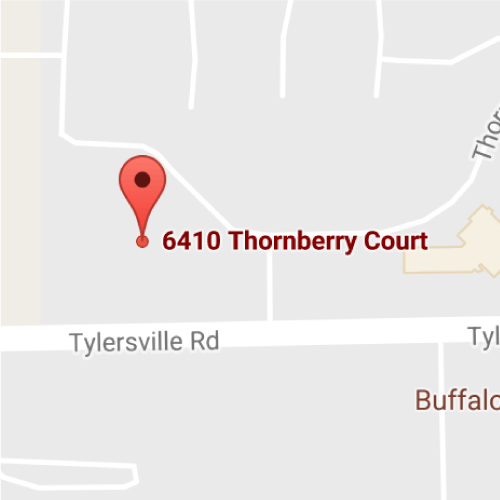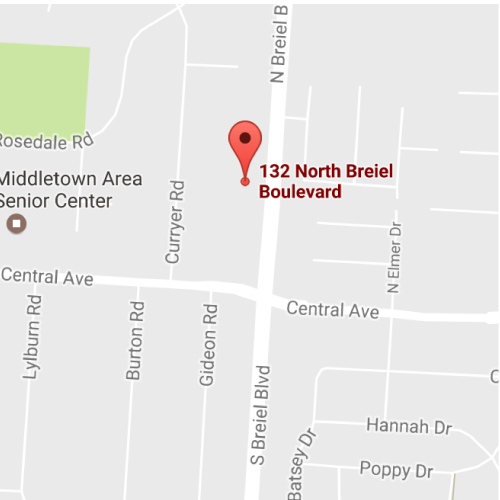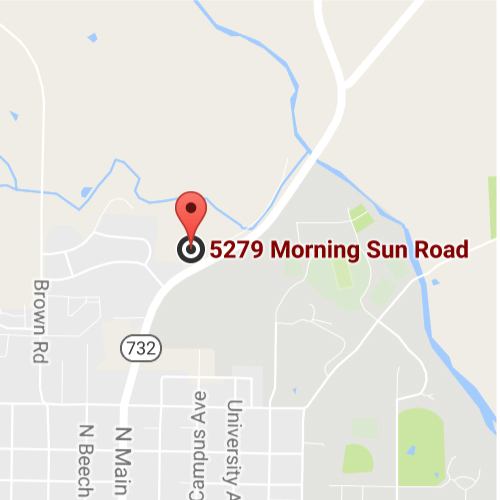| Home | | | | | | | | | | | | | Smile Gallery | | | Education | | | | |
Inlays and Onlays.jpg)
Cavities are an extremely common dental issue. They are the result of tooth decay, which is caused by acid erosion. Plaque and bacteria that build up on the surfaces of your teeth produce harmful acids that eat away at the protective enamel layer of your teeth, causing weak spots that eventually become small pits, or cavities. Without treatment, cavities grow larger and larger, compromising the structural integrity of the affected tooth and can even lead to an infection. Typically, cavities are treated with fillings. However, fillings are not always the best solution for every situation. At Martin Periodontics we provide an alternative to fillings with inlays and onlays. What is a Filling?A filling is a common treatment for cavities. Traditionally, cavities have been filled using amalgam, a material made up of metals suspended in mercury. Composite fillings provide metal and mercury-free alternative. While both of these fillings are effective in many situations, they are not often ideal for treating cavities on the chewing surfaces of your molars. Amalgam fillings are incredibly strong. However, placing them in a cavity on the chewing surface of a tooth could lead to significant tooth damage. The forces exerted while chewing can drive the filling deeper into the tooth, leading to fractures. Composite resin is not as strong as amalgam. The pressures of chewing can cause the filling to wear out faster and can even cause the filling to break. Both of these issues can lead to infections and other complications. Inlays and OnlaysInlays and onlays are types of fillings specifically designed to treat cavities in the chewing surfaces of the molars. They are a type of indirect filling, or one that is created outside of the tooth, rather than cured inside the cavity. An inlay is used to treat a cavity that affects only one cusp of the molar. Onlays, also called partial crowns, are used to treat molars where two or more cusps have been affected. Both inlays and onlays are designed and created from impressions of the tooth and then secured into place with dental cement. While they can be made from several different types of materials, the most popular is ceramic or porcelain. What to Expect During Placement of Inlays and OnlaysThe process for placing an inlay or onlay generally takes two appointments. During the first appointment, the tooth is cleaned, and the decay is cleaned from the cavity, not unlike preparing a tooth for a regular filling. After the tooth has been cleaned, we then take an impression of the tooth. The impression is sent to our dental lab, where it is used to make your indirect filling. While waiting for the filling to be complete, a temporary filling is placed to protect the tooth. When the inlay or onlay is ready, we remove the temporary filling and check the final filling for fit and to make sure your bite is still normal. If no adjustments are needed, we cement the inlay or onlay into place. The Benefits of Inlays and OnlaysInlays and onlays provide some significant benefits.
Inlays and onlays provide optimal protection for molars with cavities on their chewing surfaces, preventing further harm while being less invasive than a dental crown. For more information, and to find out if an inlay or onlay is right for you, call Martin Periodontics today at (513) 445-4282. |
Four Locations to Serve You

MASON 6410 Thornberry Court Suite C Mason, OH 45040 office@martinperio.com follow us on facebook 
MIDDLETOWN 132 North Breiel Blvd Middletown, OH 45042 office@martinperio.com follow us on facebook 
FAIRFIELD 1211 Nilles Road Fairfield, OH 45014 office@martinperio.com follow us on facebook 
OXFORD 5279 Morning Sun Rd Oxford, OH 45056 office@martinperio.com follow us on facebook |